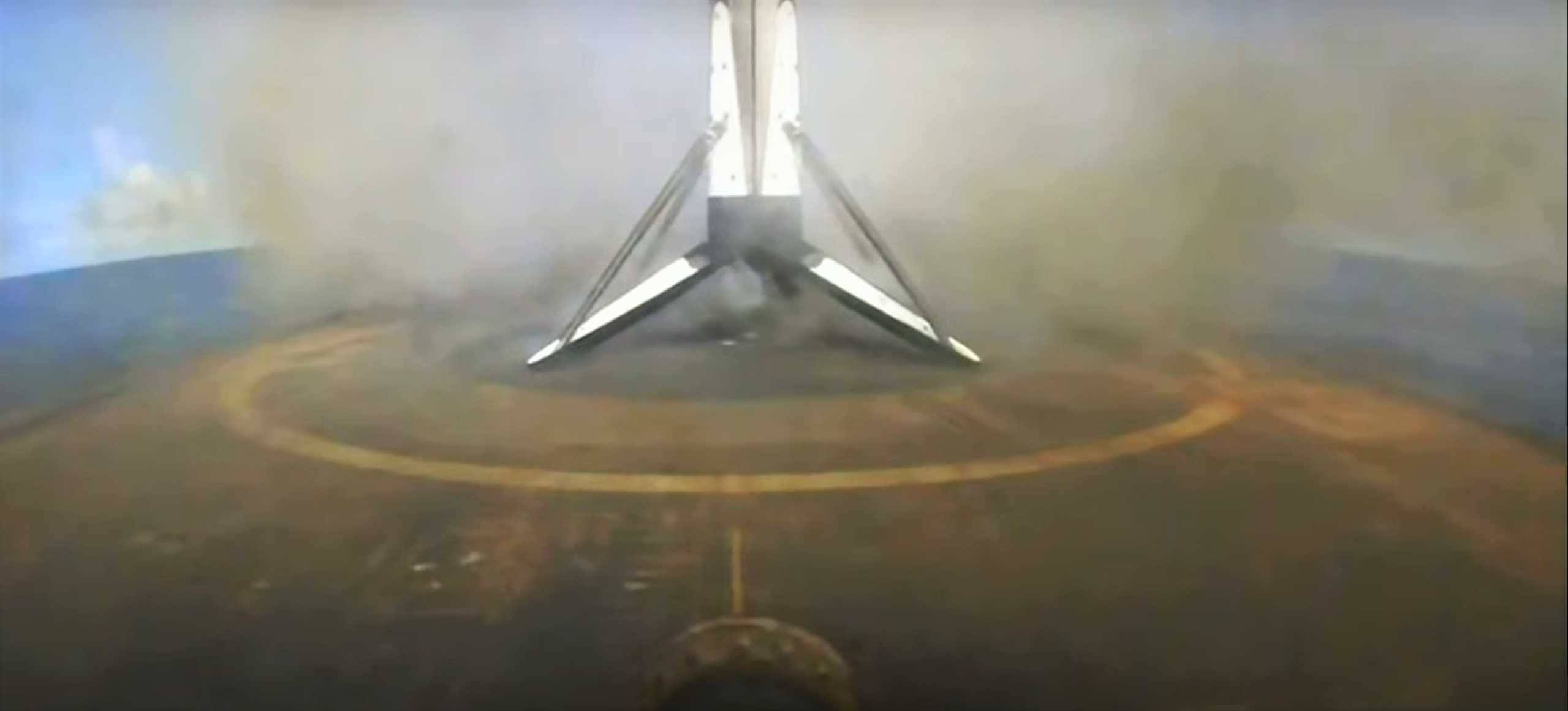
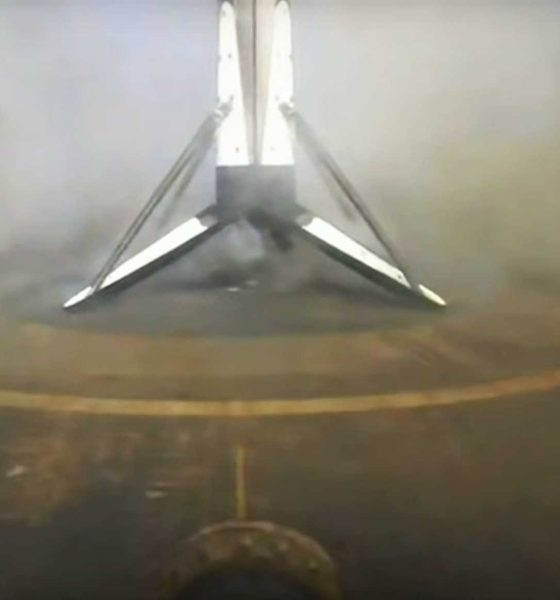
News
SpaceX Falcon 9 breaks NASA Shuttle reuse record, catches full rocket nosecone
A SpaceX Falcon 9 booster has broken a decades-old NASA Space Shuttle reuse record after successfully launching a South Korean military satellite and landing on drone ship Just Read The Instructions (JRTI).
Meanwhile, CEO Elon Musk says that SpaceX also managed to catch both payload fairing (nosecone) halves for the first time ever – an achievement more than three years and a dozen failed attempts in the making.
Known as launch turnaround, the record SpaceX now holds refers to the time it takes for a reusable rocket to launch twice. Prior to today, NASA set that record in 1985 when it launched the same Space Shuttle orbiter (STS Atlantis) twice in 54 days – a truly incredible feat for such a complex vehicle.

On July 20th, however, Falcon 9 booster B1058 lifted off for the second time in 51 days, beating the Space Shuttle’s 35-year-old turnaround record by a slim margin. Prior to its successful launch of South Korea’s Lockheed Martin-built ANASIS II military communications satellite, B1058 supported Crew Dragon’s inaugural NASA astronaut launch, a historic moment and arguably the most important mission in SpaceX’s 18-year history. Now, less than two months later, the booster has broken what is arguably the most significant record in the history of reusable rockets.
Coincidentally, both Space Shuttle Atlantis and Falcon 9 booster B1058 set their respective turnaround records on their first and second launches. Shuttle Atlantis ultimately went on to launch 31 more times after two major overhauls in 1989 and 1997 and was also the last Space Shuttle to launch when it completed the STS-135 mission in June 2011.
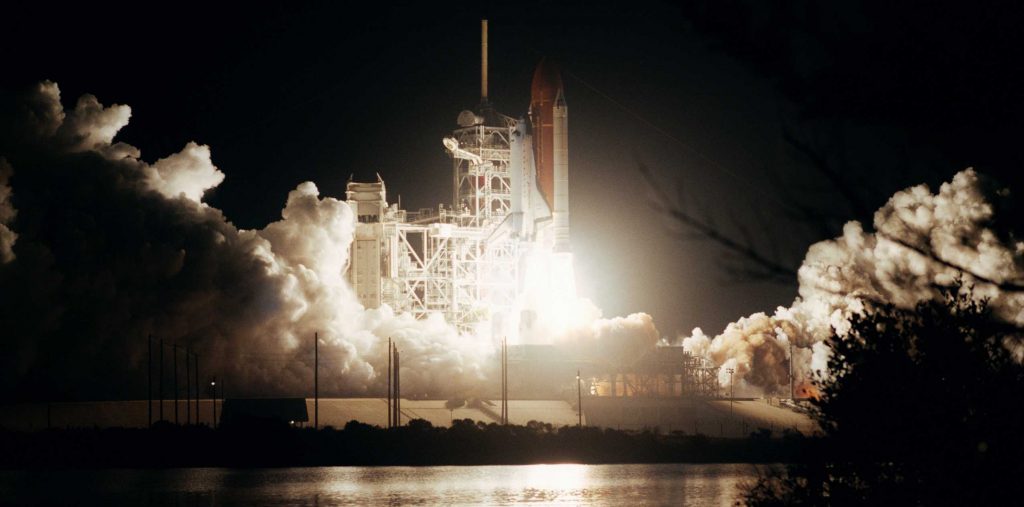
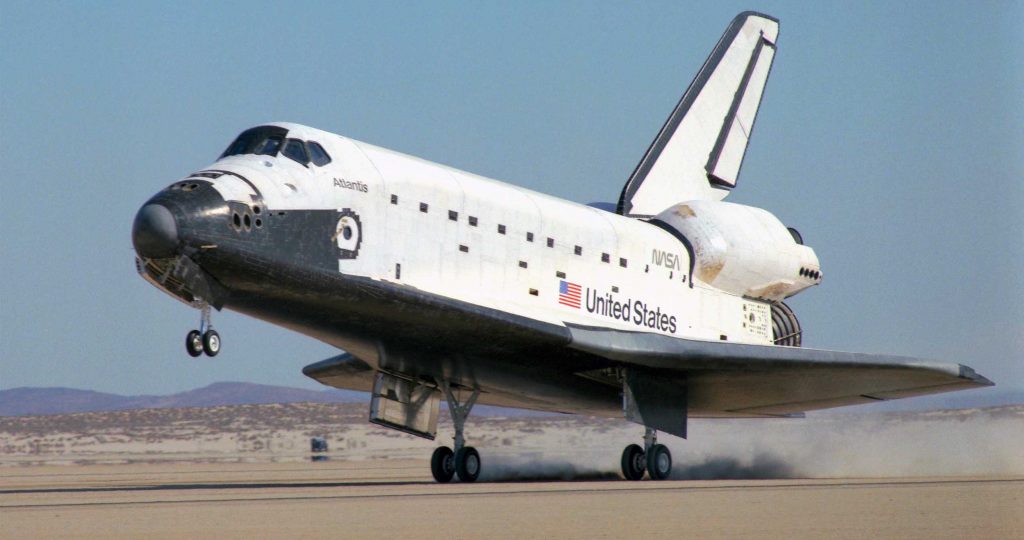
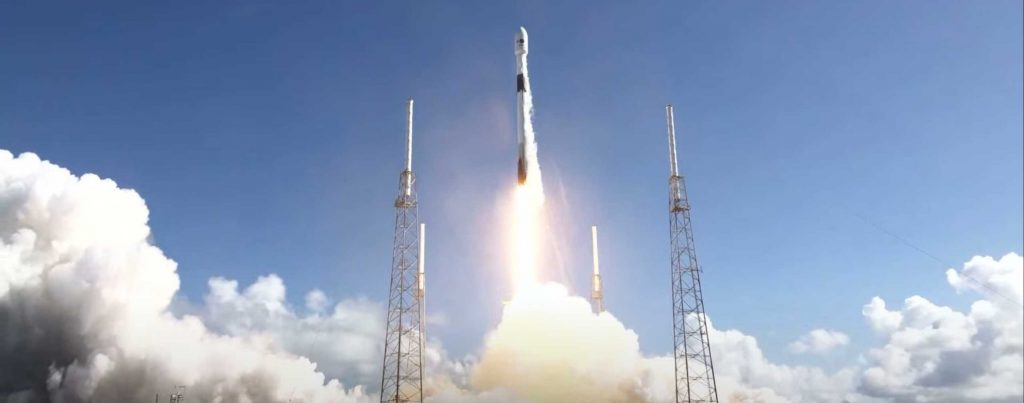
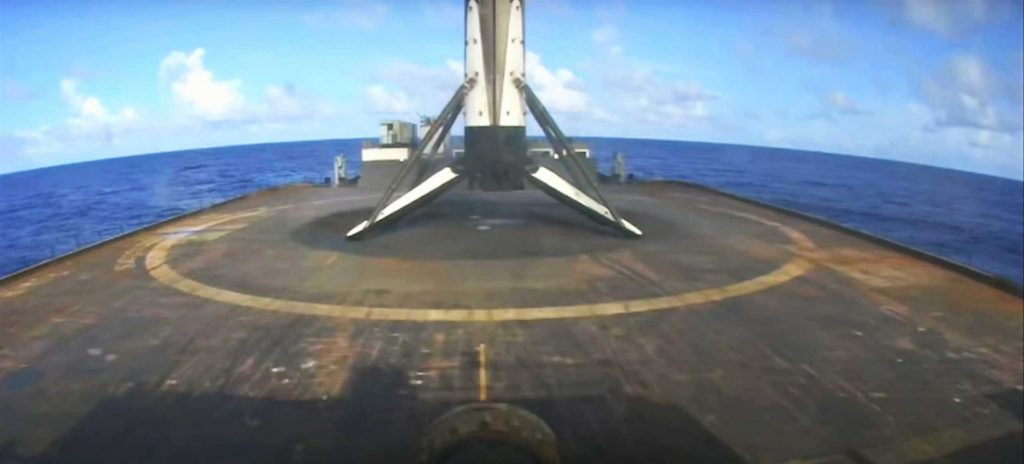
As such, Falcon 9 booster B1058 – the rocket that ended nine years without a domestic astronaut launch capability – could scarcely be more deserving as the new world record holder for orbital-class rocket turnaround. The symmetry of that handoff is extraordinarily improbable and made even more impressive by the fact that less than two weeks after B1058 launched Demo-2, NASA appeared to give SpaceX permission to launch future astronauts on flight-proven Dragons and Falcon 9 boosters.
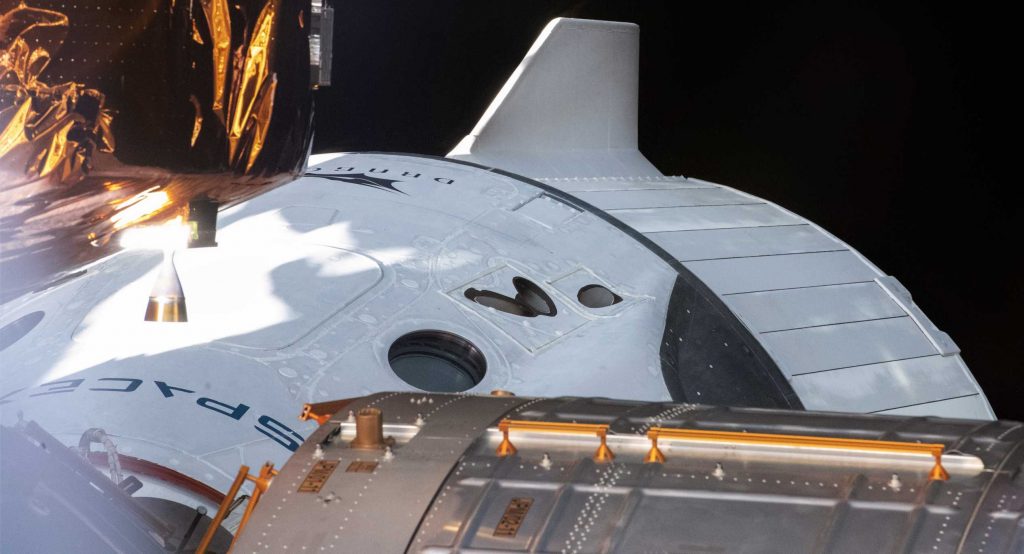
Meanwhile, SpaceX CEO Elon Musk has revealed that the ANASIS II mission was host to yet another major rocket reusability milestone (and technically a record). For the first time ever, SpaceX has successfully caught both halves of Falcon 9’s payload fairing with twin recovery ships GO Ms. Tree and Ms. Chief, the first time in history that an orbital-class rocket’s deployable payload fairing has been fully recovery. SpaceX began experimenting with fairing recovery more than three years ago and started trying to catch fairing halves in February 2018. In 12 attempts, SpaceX managed to catch three single fairing halves, although many more were recovered and even reused after soft ocean landings.
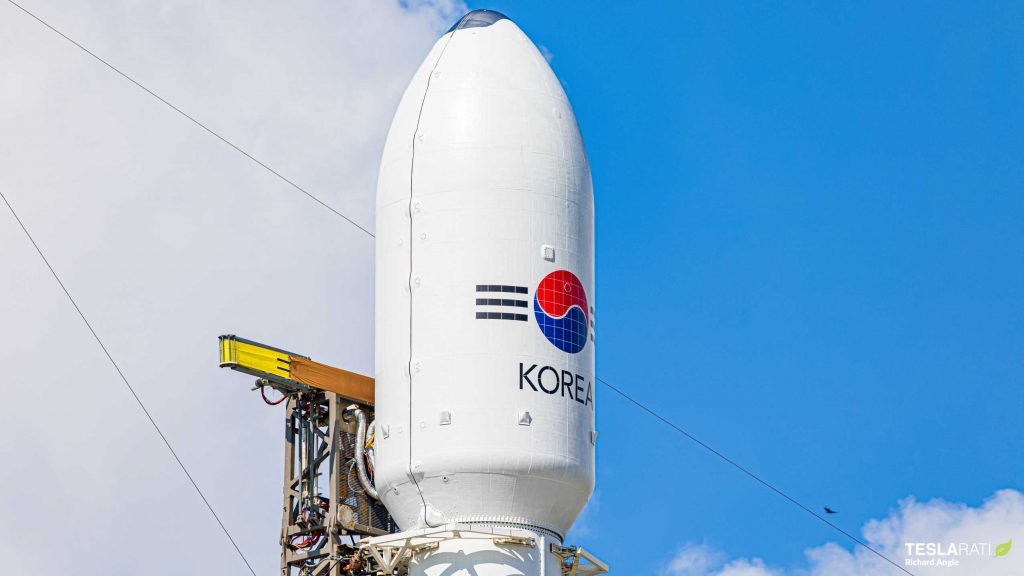
The first successful double fairing catch comes after two failed attempts with both ships, suggesting that SpaceX has either made some significant improvements or got extremely lucky. Either way, it’s a huge step forward for a program that could ultimately save SpaceX up to $6 million (~10%) of the cost of every Falcon 9 satellite launch, while also acting as a multiplier for fairing production without requiring actual factory expansion. SpaceX’s next two launches are expected to occur within the next two weeks, giving the company plenty of opportunities to (hopefully) replicate today’s historic fairing recovery success.
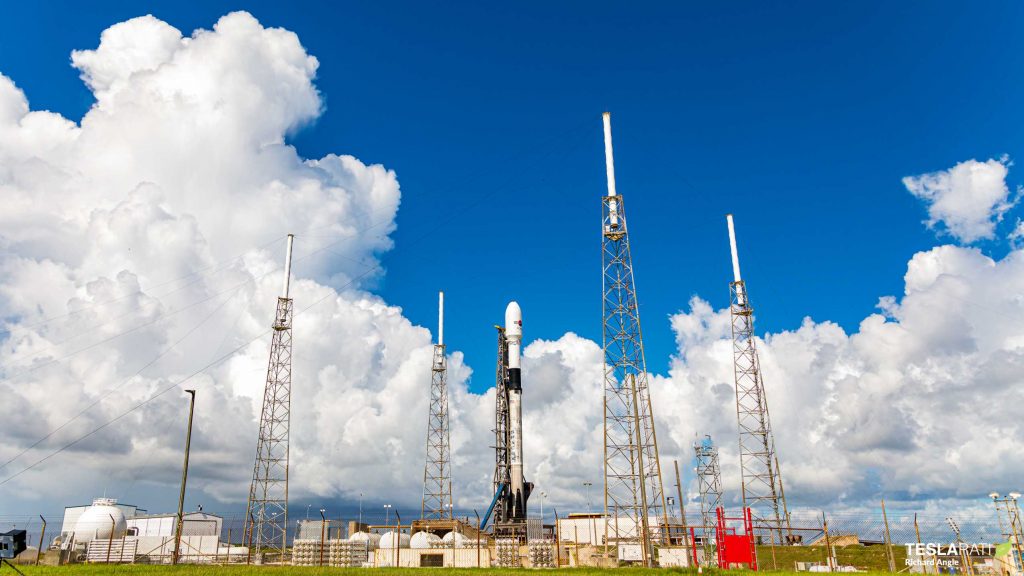
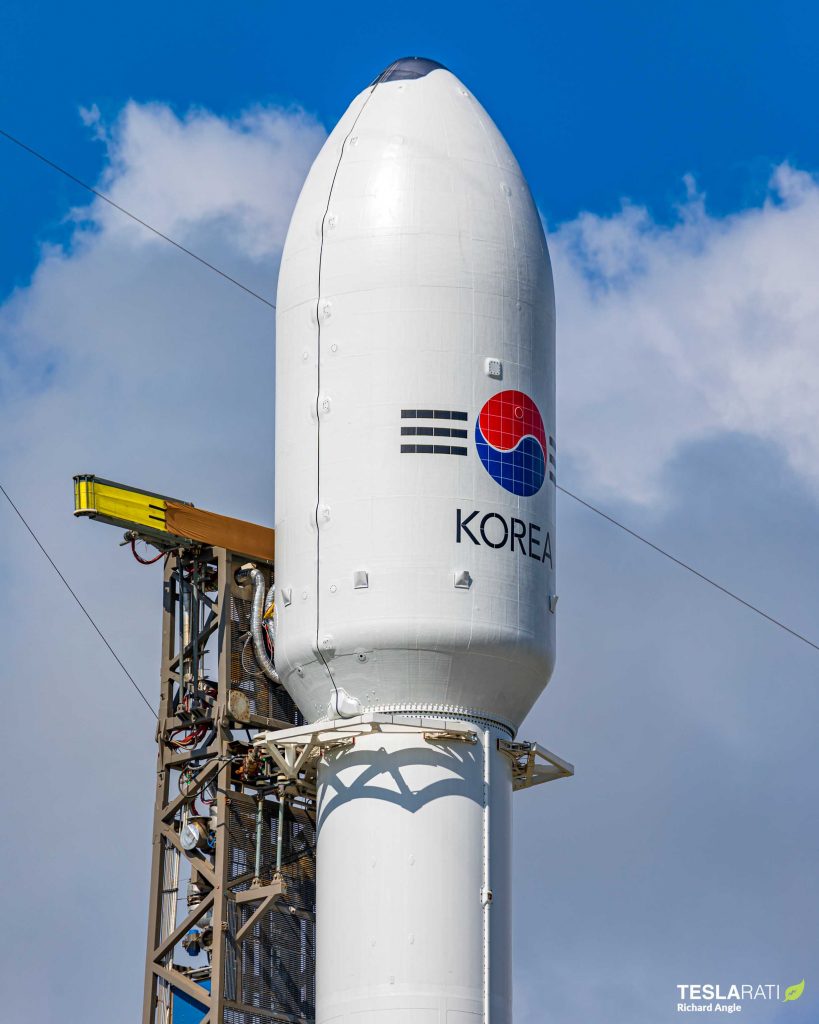
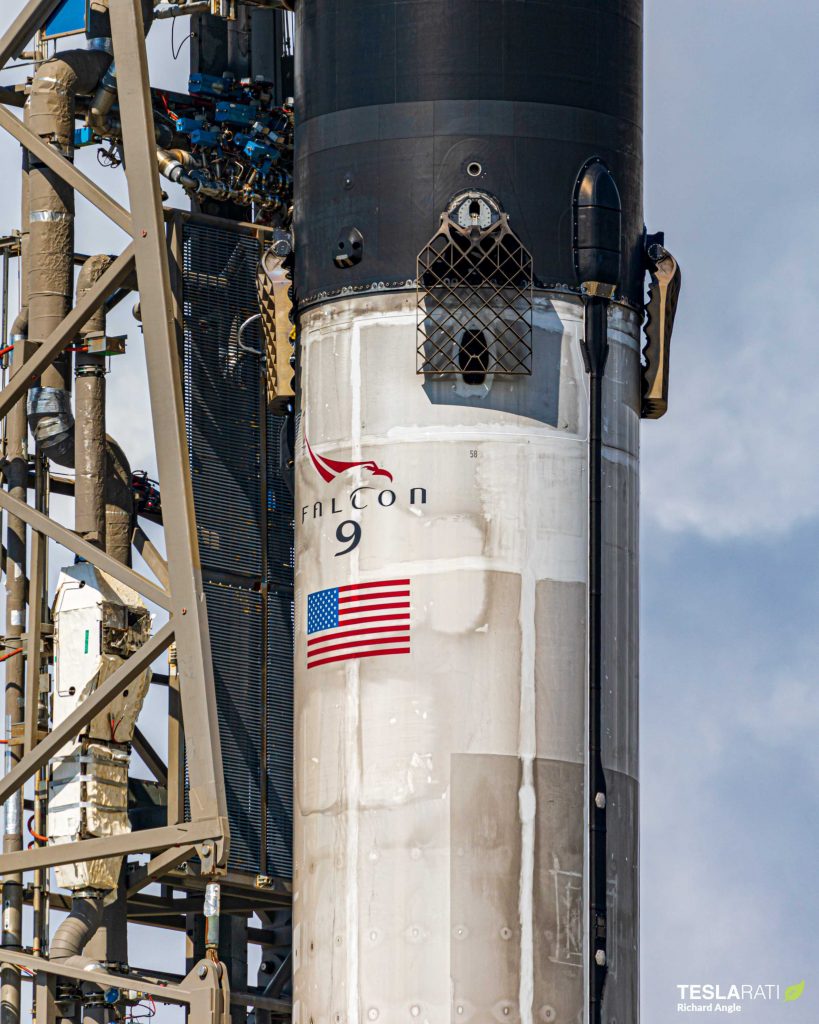
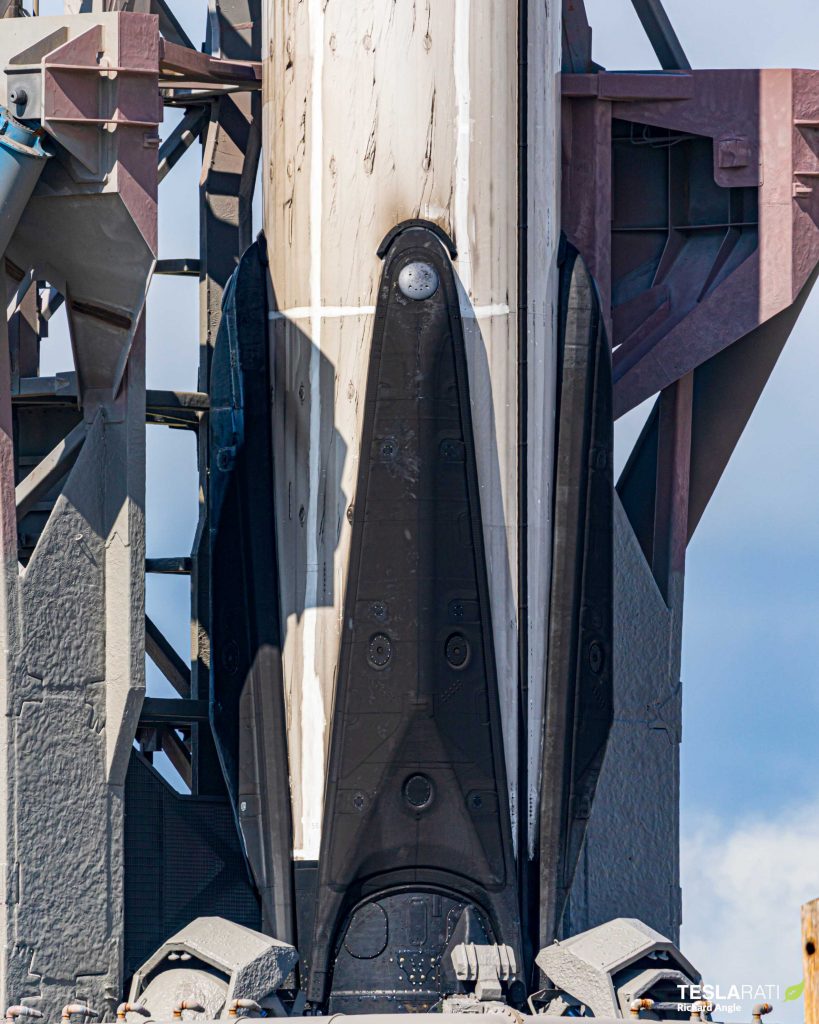

Check out Teslarati’s Marketplace! We offer Tesla accessories, including for the Tesla Cybertruck and Tesla Model 3.

Elon Musk
GM CEO Mary Barra says she told Biden to give Tesla and Musk EV credit
“He was crediting me, and I said, ‘Actually, I think a lot of that credit goes to Elon and Tesla…You know me, Andrew. I don’t want to take credit for things.”
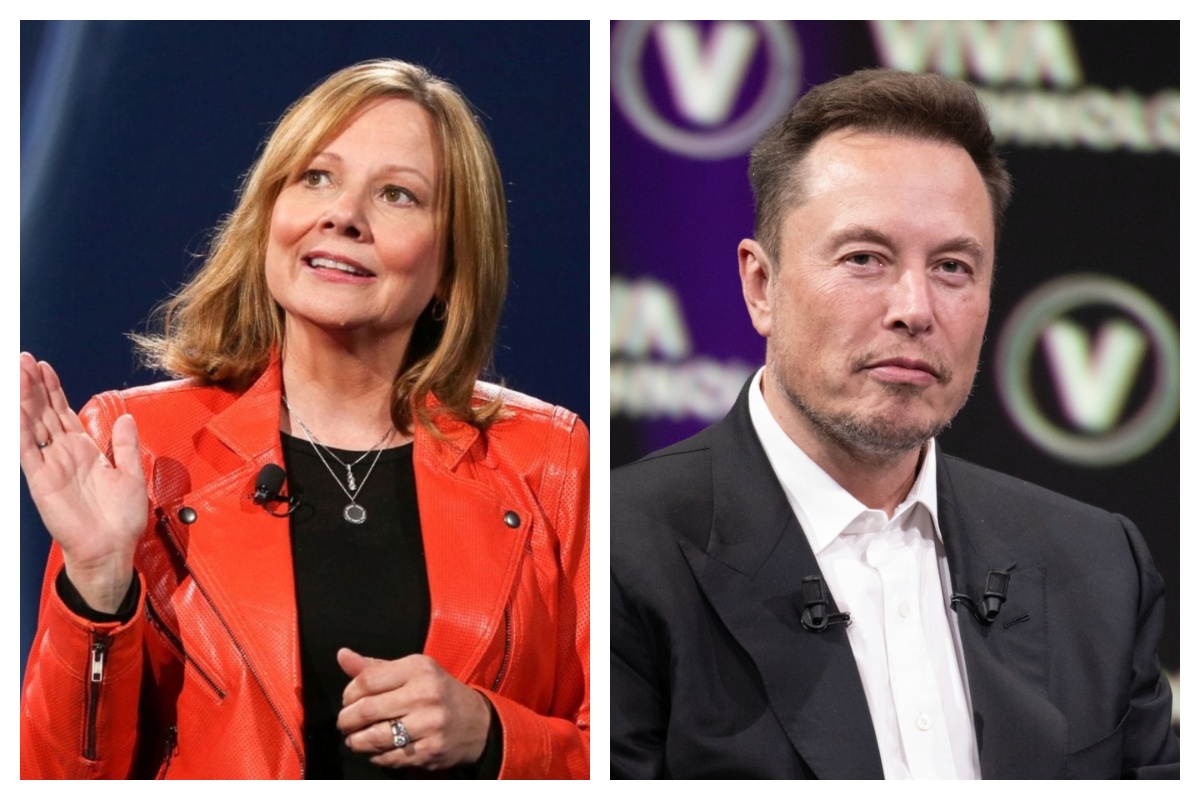
General Motors CEO Mary Barra said in a new interview on Wednesday that she told President Joe Biden to credit Tesla and its CEO, Elon Musk, for the widespread electric vehicle transition.
She said she told Biden this after the former President credited her and GM for leading EV efforts in the United States.
During an interview at the New York Times Dealbook Summit with Andrew Ross Sorkin, Barra said she told Biden that crediting her was essentially a mistake, and that Musk and Tesla should have been explicitly mentioned (via Business Insider):
“He was crediting me, and I said, ‘Actually, I think a lot of that credit goes to Elon and Tesla…You know me, Andrew. I don’t want to take credit for things.”
GM CEO Mary Barra said to Andrew Sorkin at the New York Times Dealbook Summit that she pulled President Biden aside and said Tesla CEO @elonmusk deserved the credit for EVs:
“He was crediting me, and I said, ‘Actually, I think a lot of that credit goes to Elon and Tesla,'” Barra… pic.twitter.com/OHBTG1QfbJ
— TESLARATI (@Teslarati) December 3, 2025
Back in 2021, President Biden visited GM’s “Factory Zero” plant in Detroit, which was the centerpiece of the company’s massive transition to EVs. The former President went on to discuss the EV industry, and claimed that GM and Barra were the true leaders who caused the change:
“In the auto industry, Detroit is leading the world in electric vehicles. You know how critical it is? Mary, I remember talking to you way back in January about the need for America to lead in electric vehicles. I can remember your dramatic announcement that by 2035, GM would be 100% electric. You changed the whole story, Mary. You did, Mary. You electrified the entire automotive industry. I’m serious. You led, and it matters.”
People were baffled by the President’s decision to highlight GM and Barra, and not Tesla and Musk, who truly started the transition to EVs. GM, Ford, and many other companies only followed in the footsteps of Tesla after it started to take market share from them.
Elon Musk and Tesla try to save legacy automakers from Déjà vu
Musk would eventually go on to talk about Biden’s words later on:
“They have so much power over the White House that they can exclude Tesla from an EV Summit. And, in case the first thing, in case that wasn’t enough, then you have President Biden with Mary Barra at a subsequent event, congratulating Mary for having led the EV revolution.”
In Q4 2021, which was shortly after Biden’s comments, Tesla delivered 300,000 EVs. GM delivered just 26.
News
Tesla Full Self-Driving shows confident navigation in heavy snow
So far, from what we’ve seen, snow has not been a huge issue for the most recent Full Self-Driving release. It seems to be acting confidently and handling even snow-covered roads with relative ease.
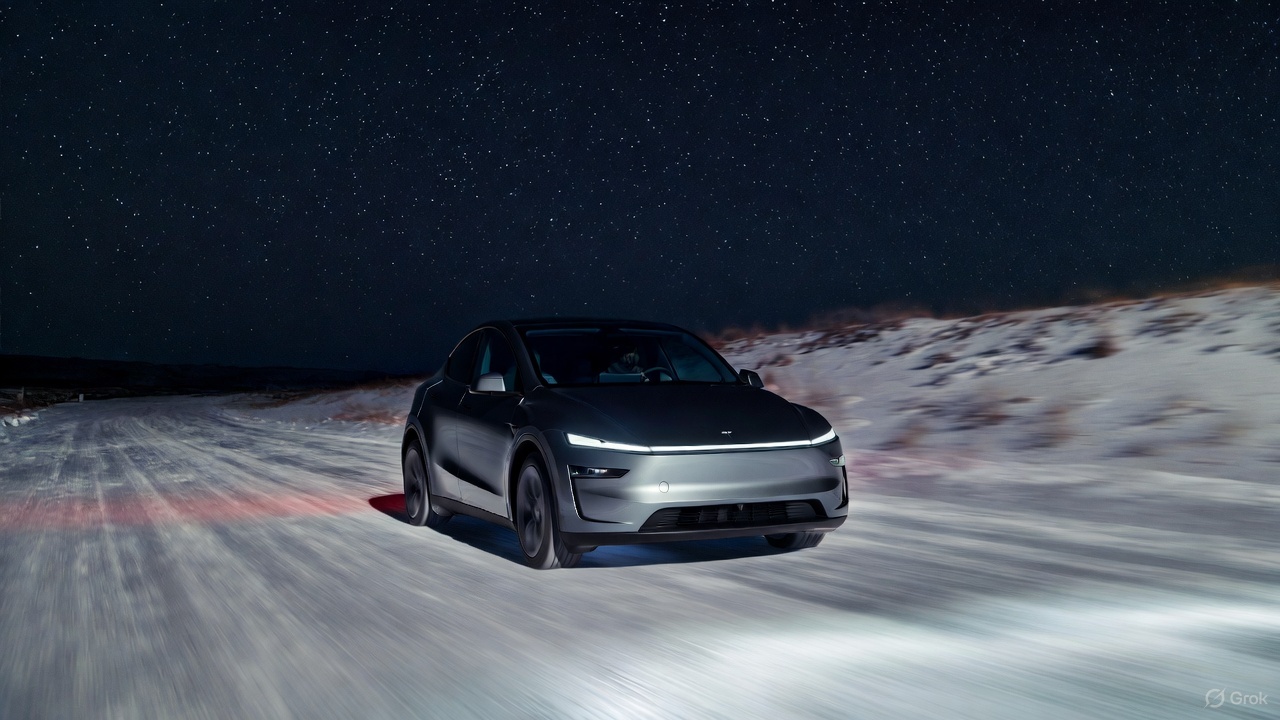
Tesla Full Self-Driving is getting its first taste of Winter weather for late 2025, as snow is starting to fall all across the United States.
The suite has been vastly improved after Tesla released v14 to many owners with capable hardware, and driving performance, along with overall behavior, has really been something to admire. This is by far the best version of FSD Tesla has ever released, and although there are a handful of regressions with each subsequent release, they are usually cleared up within a week or two.
Tesla is releasing a modified version of FSD v14 for Hardware 3 owners: here’s when
However, adverse weather conditions are something that Tesla will have to confront, as heavy rain, snow, and other interesting situations are bound to occur. In order for the vehicles to be fully autonomous, they will have to go through these scenarios safely and accurately.
One big issue I’ve had, especially in heavy rain, is that the camera vision might be obstructed, which will display messages that certain features’ performance might be degraded.
So far, from what we’ve seen, snow has not been a huge issue for the most recent Full Self-Driving release. It seems to be acting confidently and handling even snow-covered roads with relative ease:
FSD 14.1.4 snow storm Ontario Canada pic.twitter.com/jwK1dLYT0w
— Everything AI (@mrteslaspace) November 17, 2025
I found the steepest, unplowed hill in my area and tested the following:
• FSD 14.2.1 on summer tires
• FSD 14.2.1 on winter tires
• Manual drivingBut I think the most impressive part was how FSD went DOWN the hill. FSD in the snow is sublime $TSLA pic.twitter.com/YMcN7Br3PU
— Dillon Loomis (@DillonLoomis) December 2, 2025
Well.. I couldn’t let the boys have all the fun!
Threw the GoPro up and decided to FSD v14.2.1 in the snow. Roads were not compacted like the other day, a little slippery, but overall doable at lower speeds. Enjoy the video and holiday music 🎶
Liked:
Took turns super slow… pic.twitter.com/rIAIeh3Zu3— 🦋Diana🦋 (@99_Colorado) December 3, 2025
Moving into the winter months, it will be very interesting to see how FSD handles even more concerning conditions, especially with black ice, freezing rain and snow mix, and other things that happen during colder conditions.
We are excited to test it ourselves, but I am waiting for heavy snowfall to make it to Pennsylvania so I can truly push it to the limit.
News
Tesla hosts Rome Mayor for first Italian FSD Supervised road demo
The event marked the first time an Italian mayor tested the advanced driver-assistance system in person in Rome’s urban streets.
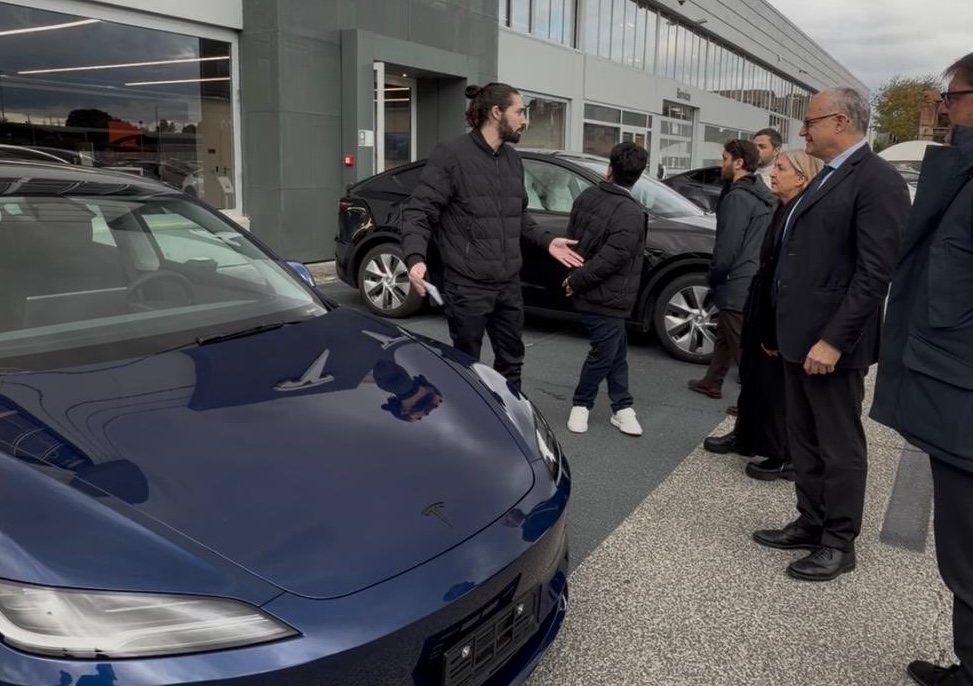
Tesla definitely seems to be actively engaging European officials on FSD’s capabilities, with the company hosting Rome Mayor Roberto Gualtieri and Mobility Assessor Eugenio Patanè for a hands-on road demonstration.
The event marked the first time an Italian mayor tested the advanced driver-assistance system in person in Rome’s urban streets. This comes amid Tesla’s push for FSD’s EU regulatory approvals in the coming year.
Rome officials experience FSD Supervised
Tesla conducted the demo using a Model 3 equipped with Full Self-Driving (Supervised), tackling typical Roman traffic including complex intersections, roundabouts, pedestrian crossings and mixed users like cars, bikes and scooters.
The system showcased AI-based assisted driving, prioritizing safety while maintaining flow. FSD also handled overtakes and lane decisions, though with constant driver supervision.
Investor Andrea Stroppa detailed the event on X, noting the system’s potential to reduce severe collision risks by up to seven times compared to traditional driving, based on Tesla’s data from billions of global fleet miles. The session highlighted FSD’s role as an assistance tool in its Supervised form, not a replacement, with the driver fully responsible at all times.
Path to European rollout
Tesla has logged over 1 million kilometers of testing across 17 European countries, including Italy, to refine FSD for local conditions. The fact that Rome officials personally tested FSD Supervised bodes well for the program’s approval, as it suggests that key individuals are closely watching Tesla’s efforts and innovations.
Assessor Patanè also highlighted the administration’s interest in technologies that boost road safety and urban travel quality, viewing them as aids for both private and public transport while respecting rules.
Replies on X urged involving Italy’s Transport Ministry to speed approvals, with one user noting, “Great idea to involve the mayor! It would be necessary to involve components of the Ministry of Transport and the government as soon as possible: it’s they who can accelerate the approval of FSD in Italy.”








